In this paint sprayers UK Review, we’re taking a look at paint sprayers.
However, before we get to those awesome paint sprayers, we thought we would discuss the types of paint sprayers. For many DIYers and professionals, paint spraying can be a difficult thing to get their heads around.
Even understanding the types of sprayers and the ones that you should choose can be tricky.
So, let’s look at the types of paint sprayers first.
In this paint sprayers UK review, we will tell you about the paint sprayers that we think are the best in the UK in 2025. Finally, we answer all your paint-spraying questions in our FAQ section.
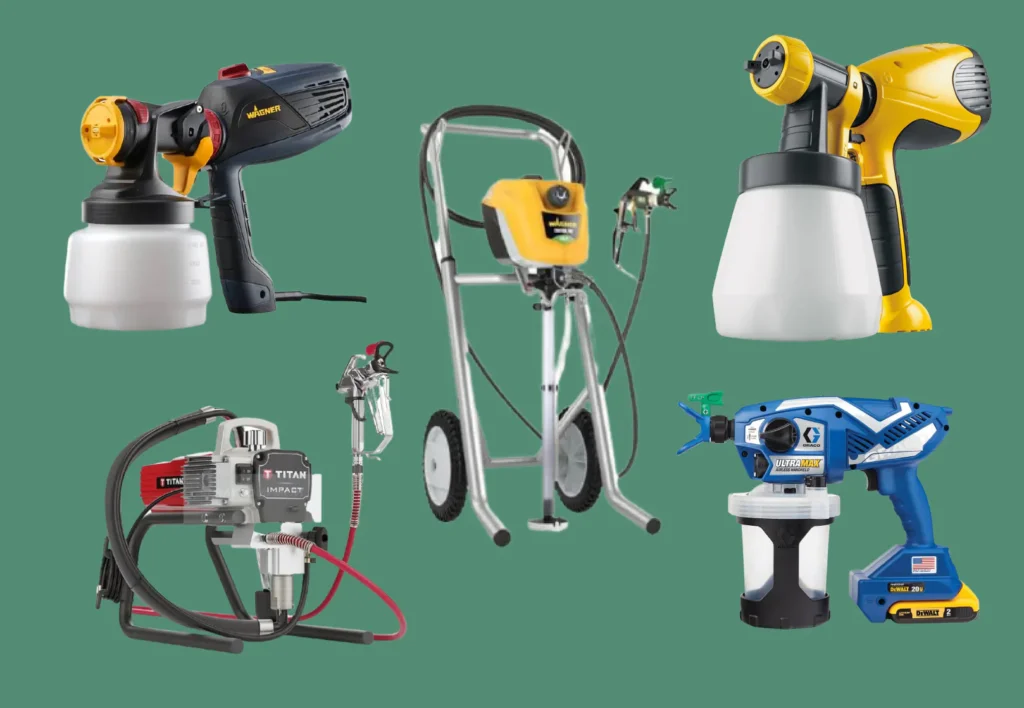
Advantages
Disadvantages
Advantages
Disadvantages
Disadvantages
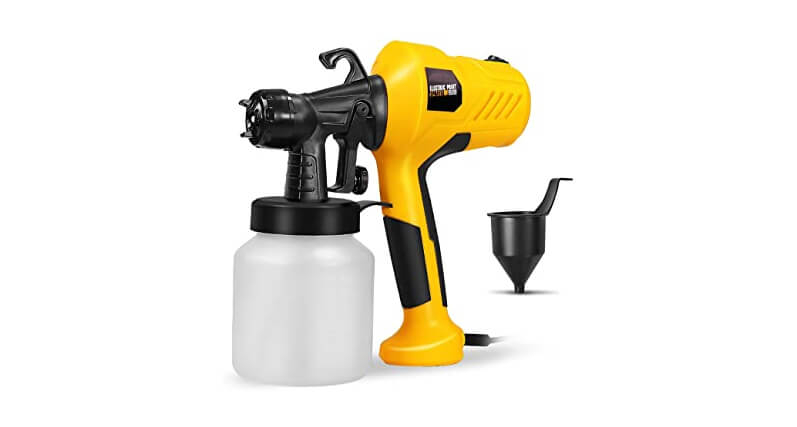
Handheld Paint Sprayers
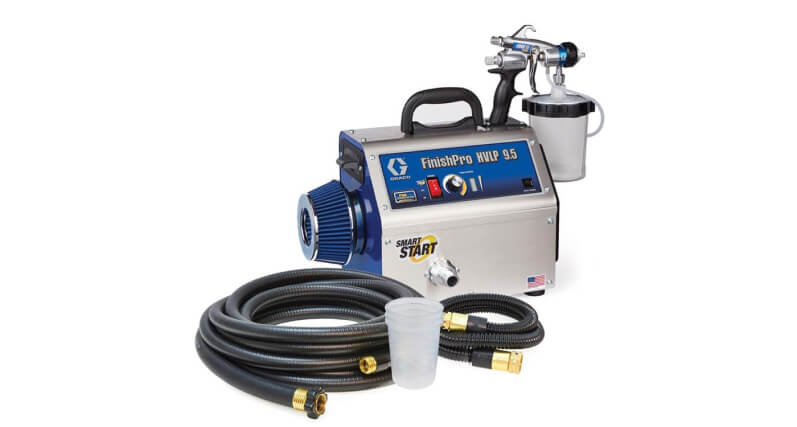
Turbine Paint Sprayers
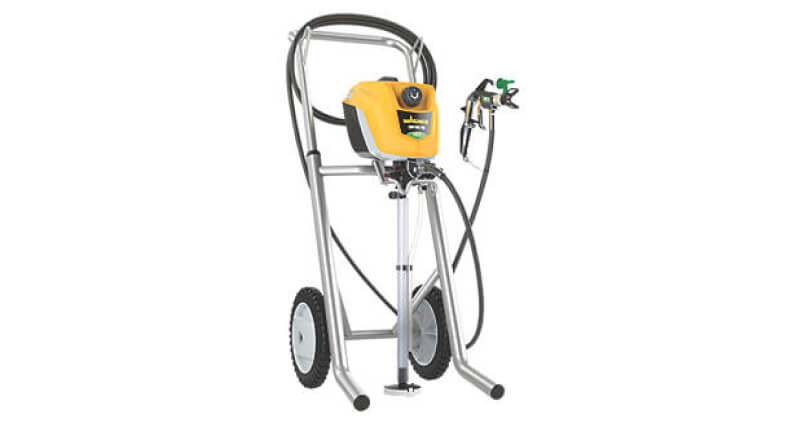
Light Duty/DIY

Professional Paint Sprayers
Finding the best paint sprayer for you is the key thing. Whether you do a lot of DIY or you are a professional painter and decorator or carpenter, you’ll love paint sprayers for speed and quality. It is very easy to get a professional finish with a paint sprayer.
As long as you choose the right sprayer and mix your paint or finish correctly. Powerful paint sprayers can pump thicker paint which provides better coating and dries faster. So, here are our favourite paint sprayers on the market right now.
These sprayers perform extremely well, and one of them will be perfect for your needs.
Advantages
Disadvantages
Advantages
Disadvantages
Advantages
Disadvantages

Handheld Paint Sprayers

Turbine Paint Sprayers

Light Duty/DIY

Professional Paint Sprayers
Finding the best paint sprayer for you is the key thing. Whether you do a lot of DIY or you are a professional painter and decorator or carpenter, you’ll love paint sprayers for speed and quality.
It is very easy to get a professional finish with a paint sprayer. As long as you choose the right sprayer and mix your paint or finish correctly.
Powerful paint sprayers can pump thicker paint which provides better coating and dries faster. So, here are our favourite paint sprayers on the market right now. These sprayers perform extremely well, and one of them will be perfect for your needs.
Graco Magnum X5 Airless Paint Sprayer is one of the highest-rated paint sprayers on the market for all types of paint spraying jobs.
This sprayer is mid-priced, and it is extremely powerful and gives incredible results. If you’re a professional decorator or pro-level DIYer looking to take your finishing process to the next level, this is an ideal choice for you!
If you’re a pro looking for a heavy-duty paint sprayer, this could be the best one for you. This thing is a beast. It can handle lacquer, enamel, latex and pretty much any other low or medium-viscosity paint or finish.
The actual sprayer feels wonderful in the hand, and the whole system powers through any job.
If you fancy a sprayer for small jobs, this isn’t the one, but for large jobs like painting an entire house, this sprayer will do the job quickly and easily and do it every day for years!
With a coverage rate of 15 meters in two minutes, this is a pretty powerful airless sprayer. It is brilliant for DIYers doing some hefty renovations but would be perfect for a handyman too. This sprayer isn’t intended for pro use, but it is still powerful enough to make quick work of painting ceilings and walls. Plus, it can be used for wood and metal paint.
The long-reach hose also makes it a dream for treating fences and even painting the outside of your house!
Finally, the actual spray gun is so light that even on larger jobs, you won’t get fatigued while using it!
This is a budget sprayer that does a very good job of most spraying tasks around the home. If you want a spray gun that can paint wood, treat your fence, paint a metal gate and a great deal more, this is a solid choice. It isn’t the best at painting walls as it doesn’t offer quick coverage, but it can be used to paint walls in a pinch.
This is an incredibly impressive paint sprayer for the price and will get lots of little jobs done extremely quickly.
Wagner is known for making very good paint sprayers. Still, many of these spray guns are often out of the budget of the DIYer or hobbyist woodworker.
Well, the W100 fills this gap really nicely. This paint sprayer can cover 5 metres of fence or wall in 12 minutes.
This doesn’t make it the faster sprayer in the world. Still, for small woodworking projects where you want a professional paint finish or a garden fence that you want to treat, this sprayer is ideal.
Plus, this sprayer’s price and build quality will appeal to any hobbyist on any budget!
Here’s a brief breakdown of how different paint sprayers work:
These sprayers pump paints at extremely high pressure out of a small hole in the gun’s tip.
The tip breaks the paint up and evenly spreads it into a fan of tiny droplets. We use this particular type of paint sprayer for our sash window repair projects; when window restoration is done, we cover all areas with masking paper and apply a few thick coats of paint using an airless paint sprayer.
These are LVLP and Pneumatic sprayers. They require far less pressure than airless sprayers.
They work by forcing the paint out much like an airless sprayer but are designed for far thinner liquids, so they need less pressure.
This means that LVLP sprayers aren’t the ideal choice for some applications but work great for thinned varnish and other woodworking finishes.
High-volume, low-pressure sprayers are excellent for paint. They cover a lot of ground quickly, but the overspray tends to be much higher, too.
They work by pushing a large volume of paint through the nozzle but are designed so that they don’t need as much pressure to do this.
To clean a paint sprayer, you need to flush the system with clean water and ensure that the hose and the gun are clean and free of all paint.
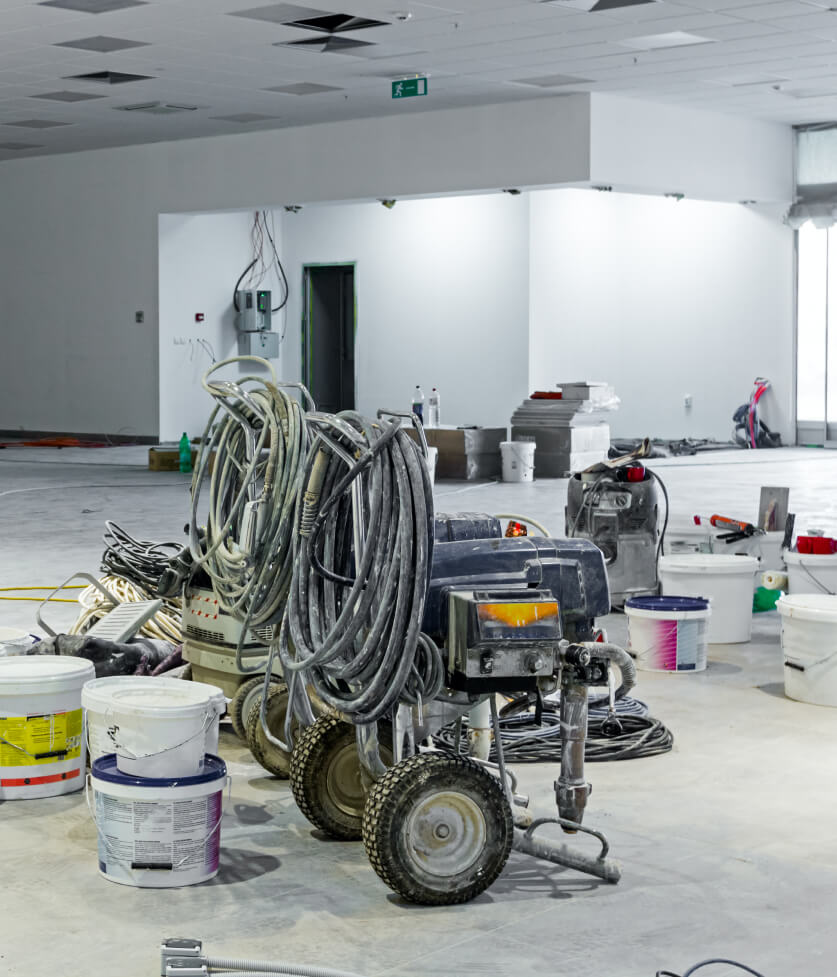
You need to run the water through the sprayer until the water is completely clear and check there is no residue of paint on any component, the filters, etc. (Each sprayer will have its own cleaning instructions)
You should let the sprayer completely dry before you store it away.
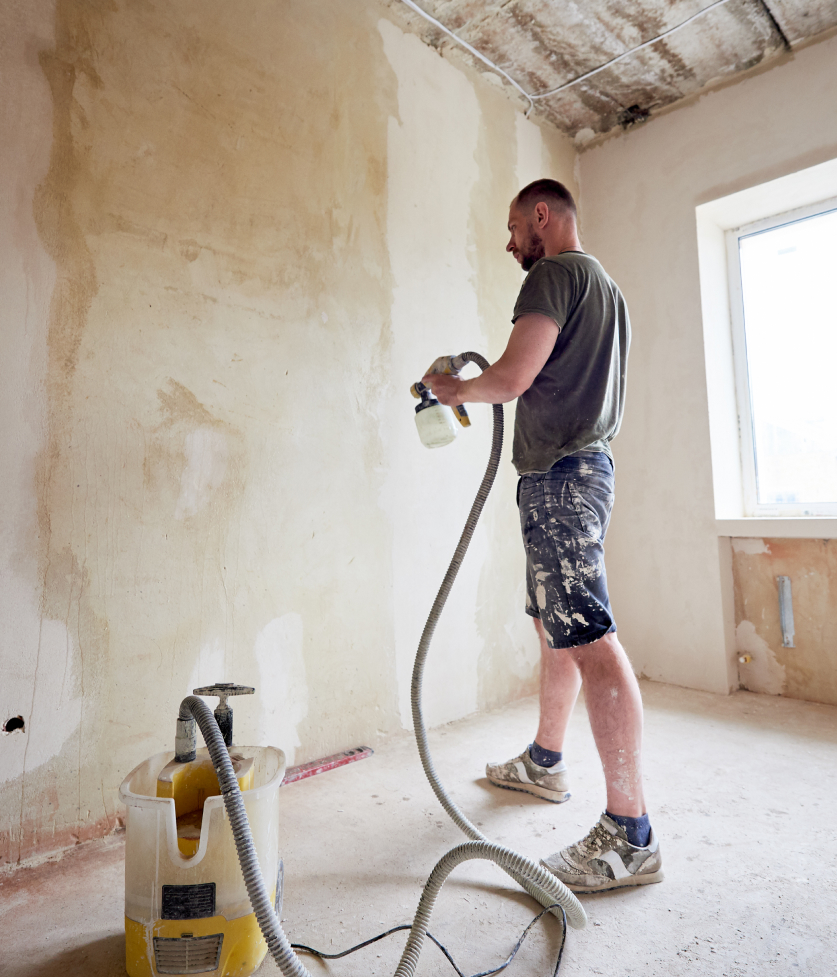
Yes, you can. In fact, many painters and decorators use paint sprayers every day for just that.
Whenever you use a paint sprayer indoors, though, you must use a quality respirator designed for paint and the fumes, even when spraying water-based paint.
You should also ensure that any area you don’t want paint on is covered and masked off very well. If you do all of that, you can paint any interior wall or furniture extremely quickly and get a high-quality finish.
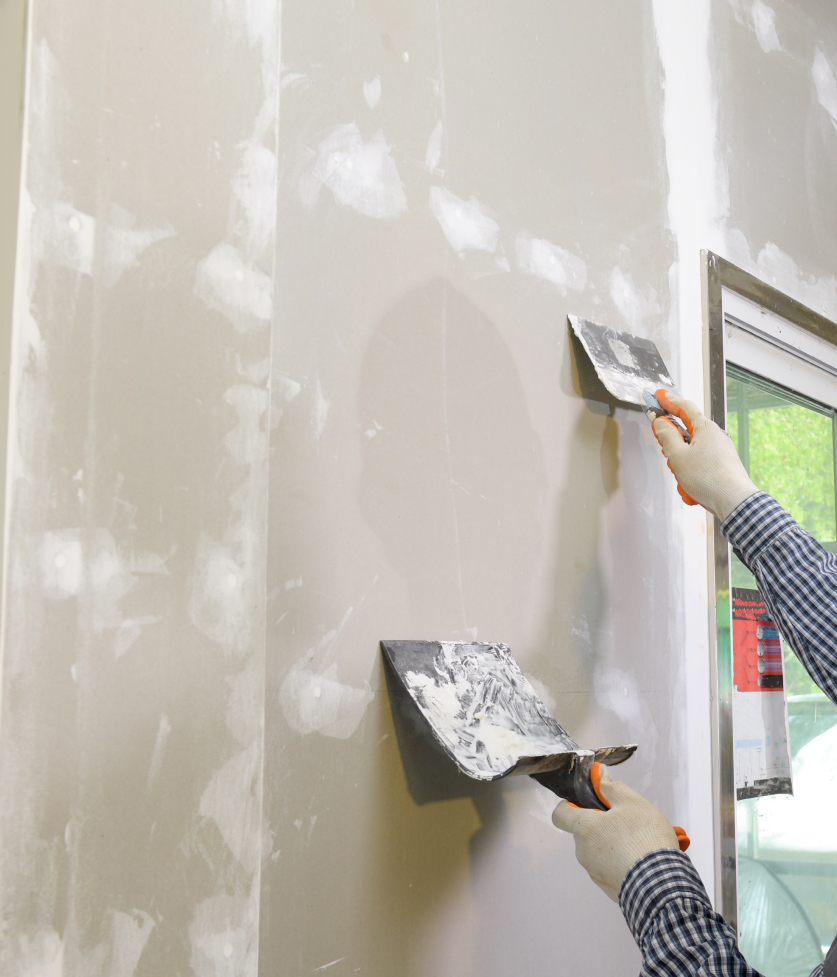
Of course. In fact, if you intend to spray the final coats of paint with a sprayer, you should always spray the primer with a sprayer too.
If you use a roller or a brush, there will be evidence of brush strokes, for example, in the final finish. This is because a sprayed layer of paint is much thinner than a brushed or rolled layer of paint. So sprayed paint cannot fill the imperfections in the primer if it is rolled or brushed.
You will need to ensure that the primer can be sprayed and that it is mixed correctly for your paint sprayer.
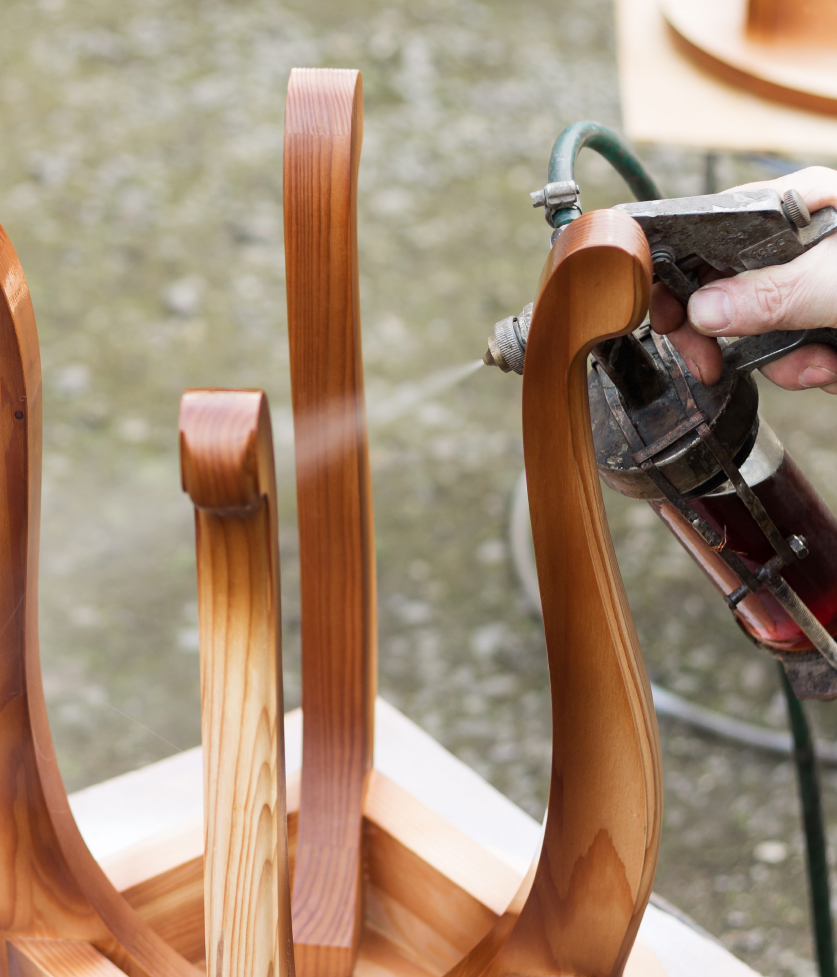
The best paint sprayer for furniture depends on the type of finish you want. If you’d like the grain of the wood to show slightly through the paint, an LVLP sprayer is a good option.
These can’t handle very thick paint, so a couple of coats will tend to keep wood grain on show. You can, of course, spray more coats if you want to cover the wood grain, but a more powerful airless spray gun can achieve this finish in a few coats.
If you want a paint sprayer that can handle both paint and other wood finishes like varnish, for example, an airless sprayer will give you a great finish with both.
Just make sure you thoroughly clean the sprayer, so you don’t mix paint and varnish together!
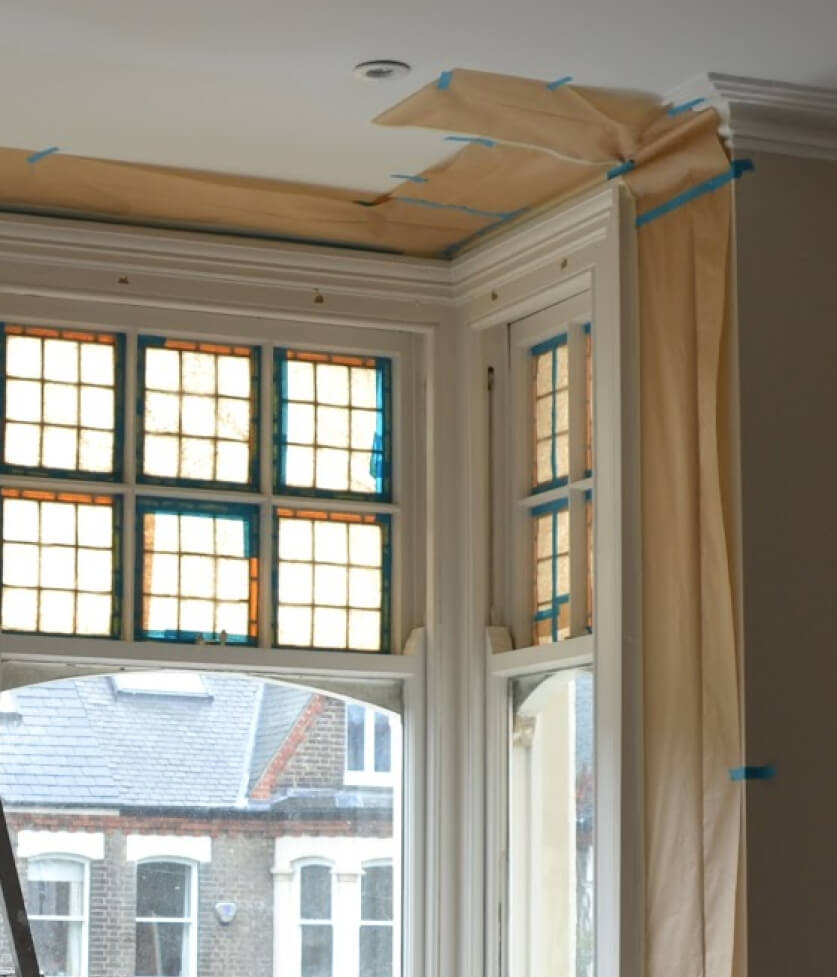
Preparation prior to interior window paint spraying in Cambridge, UK.
Control direction
You can control the direction in which the paint leaves the sprayer. This is as simple as turning the nozzle. Most sprayers have a horizontal and vertical spray setting. This can control overspray somewhat, as can adjusting the airflow.
With the correct setup, a paint sprayer doesn’t create too much overspray. And airless and LVLP create less overspray than HVLP sprayers.
Protect the area with masking paper and dust sheets
But it is still worth protecting the area you aren’t spraying with dust sheets, masking tape, masking paper or film. We professionals make spraying paint without overspray look easy, and it doesn’t take too long to dial in the settings, but if you’re just beginning, ensure any area that you don’t want paint on is covered up.
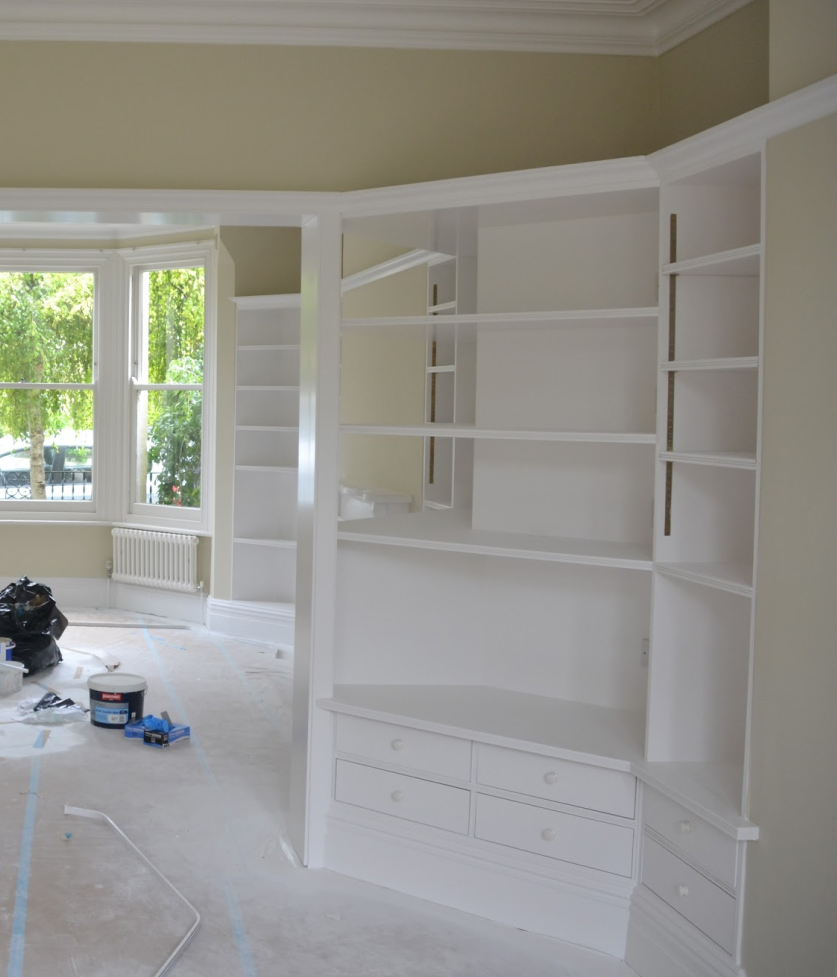
Paint sprayers are very easy to use. There are thousands of instructional videos on how to set up a paint sprayer.
Still, the key point are getting the paint to the right consistency for the paint sprayer you have.
Some professional paint sprayers can spray paint directly from the can, but this isn’t the case with most sprayers. Most paint sprayers, though, do come with instructions and guidelines on how to set them up correctly.
It is always worth testing the paint sprayer before you use it on the final piece. You can use wood you don’t mind being painted or just about anything, even test it on the dust sheets.
You should test the flow of the paint each time you use the sprayer or mix up a new batch of paint. If you don’t, your finish can vary a lot.
Having said that, paint sprayers aren’t as formidable as many beginners think. Once you have the right mixture and airflow combination, it is as simple as pressing the trigger, and you can paint a wall in minutes.
The right technique isn’t too tricky to learn, but it takes time to master.
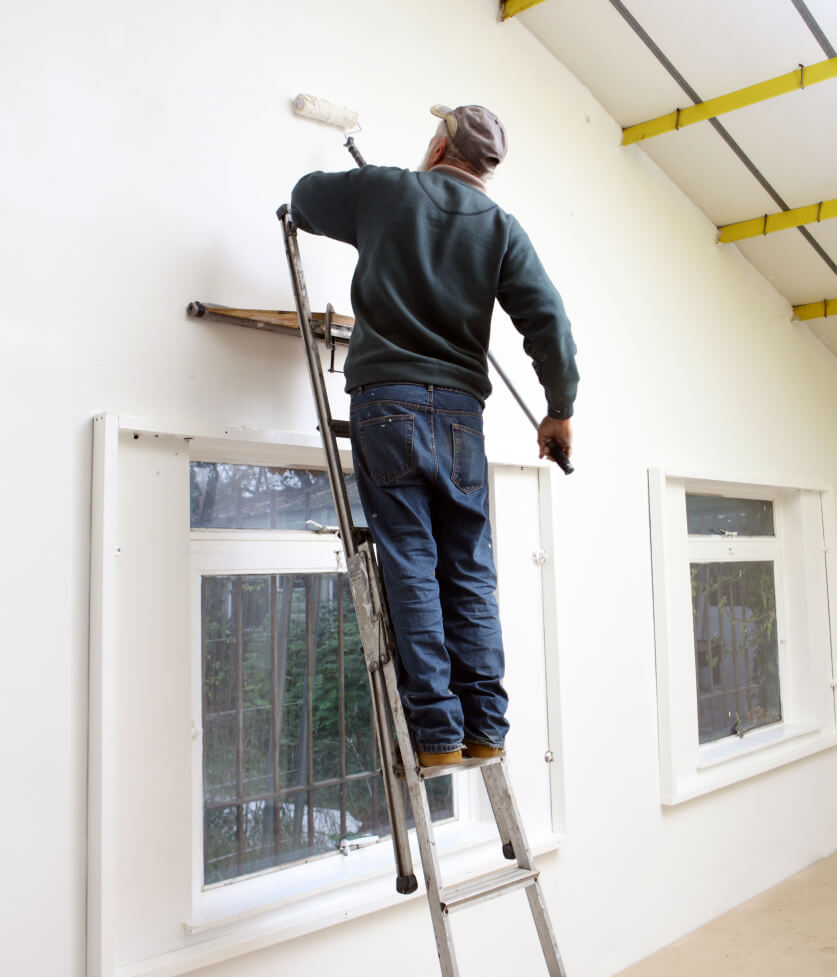
This all depends on the finish you want to achieve and the time you have to paint. Certainly, paint sprayers do offer a more professional finish than a paint roller with an extension pole. However, with that amazing finish comes a few drawbacks:
Firstly, there is more set up time with a paint sprayer.
You need to ensure that the consistency of the paint is correct. This involves creating a mixture of paint and water, for example, and then testing it.
You also need to prepare the room far more when using a sprayer. Overspray from paint sprayers can get everywhere, so you must thoroughly protect any area that you don’t want to be painted!
Of course, the actual act of spraying a wall or a piece of furniture is a lot quicker and provides a much better finish than a roller. But in terms of set up times, a roller does beat out a paint sprayer by a good margin.
If you only have a small, inconspicuous area to paint and aren’t too concerned with a high-quality finish (for example, inside a built-in wardrobe), a roller or brushes may be the better option. In most other cases, though, a paint sprayer will always provide a far superior finish.

There isn’t really an occasion where you should choose brushes or rollers over a paint sprayer. It is quicker (after set up), it is easier, and it leaves the best finish.
The only occasion where using a paint sprayer rather than another method could result in issues is if you don’t have the correct respirator and coverings for the room you are in.
Without the correct safety gear, we wouldn’t recommend you use a paint sprayer. And you must use good quality dust sheets and secure them in place if you are using a paint sprayer. If you have everything you need, paint sprayer is always a good option.
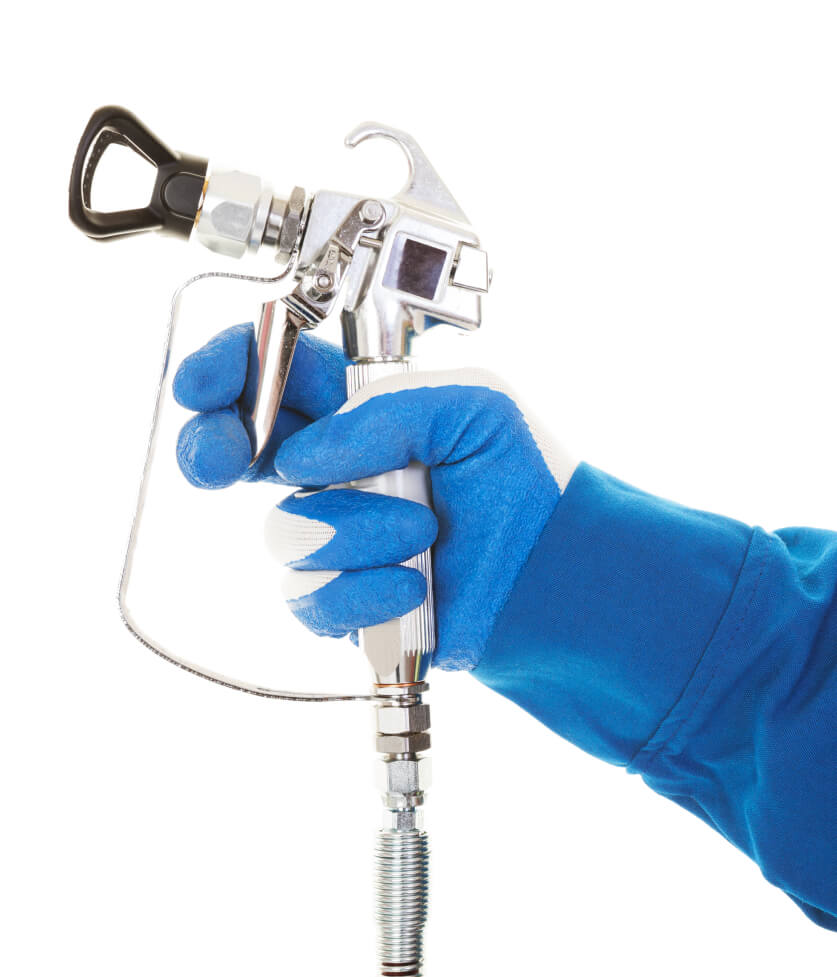
No. However, paint sprayers are fantastic tools that speed up so many processes.
For example, if you’re a painter and decorator, using a paint sprayer instead of rollers and brushers can increase your productivity by a considerable amount of time. This means you can paint more in a day and get paid more.
If you’re considering buying a paint sprayer for finishing furniture, you can also speed up your productivity and get an incredibly professional finish. Also, as the layers of sprayed paint dry faster than rolled on paint, this once again speeds the job up nicely.
So, while you don’t need a paint sprayer, the time and money it saves you mean that the paint sprayer will pay for itself very quickly if you are using it in a professional capacity.
If you are DIYer, again, you don’t need a paint sprayer, but it can really speed up painting tasks. Plus, one of the sprayers on our list will likely last the rest of your life if you are only using it a few days a year or so. And you make quick work of any painting tasks your family and friends ask you to do and get a very professional finish.
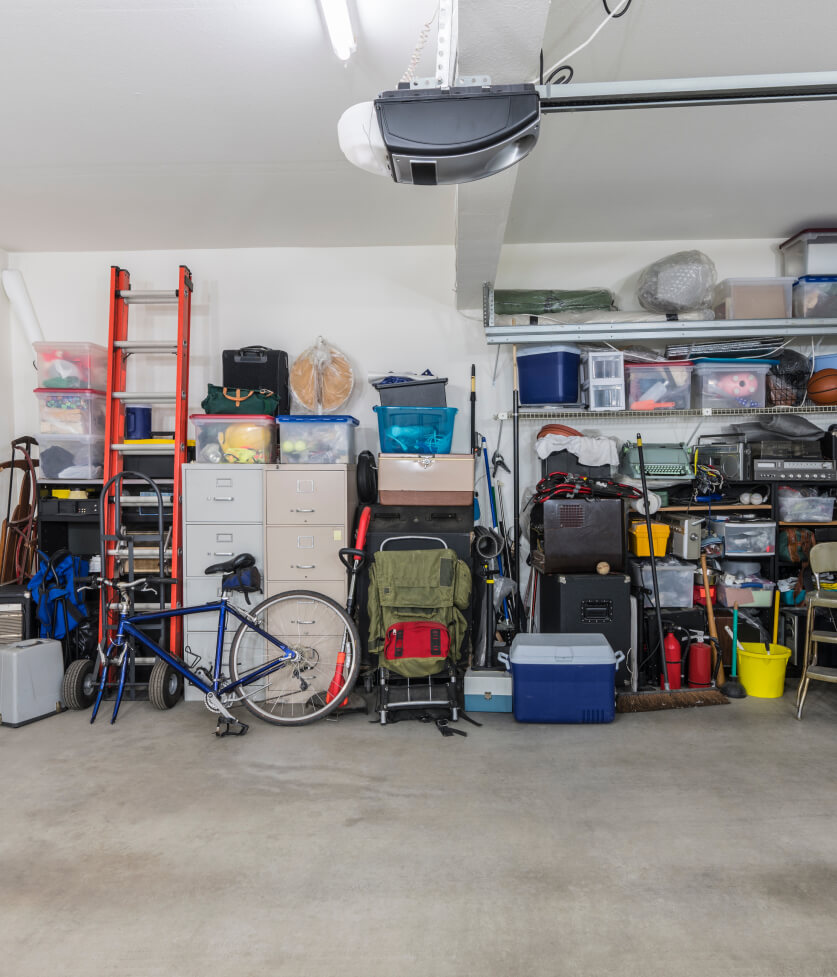
Before you pop your paint sprayer away and get ready to admire your newly painted wall, you need to ensure that the sprayer is nice and clean.
You need to ensure that all water is drained and never leave a paint sprayer pressurised. If there is water in the hoses or the sprayer, it can freeze if the weather is cold enough.
When it comes to actually storing your paint sprayer, most good quality paint sprayers on the market, like the ones we showed you above, come with storage cases big enough for the sprayer and all of the accessories.
We hope this look at the best paint sprayers in the UK in 2025 has been helpful. For more tips on painting from the pros, explore our website further.
Whether you are just beginning your painting journey or you are a master, we have a painting trick or tool that will help you achieve your best work yet.